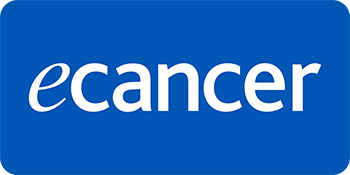Cancer and cardiovascular disease (CVD) are the leading causes of morbidity and mortality. Therefore, CVD deaths in cancer survivors remain a major challenge in improving cancer outcomes, especially in low and middle income countries (LMICs). Cancer and CVD share many common risk factors, both modifiable risk factors (obesity, diabetes and smoking) and non-modifiable factors such as inflammation. Additionally, some cancer therapies are associated with cardiac toxicity. These mechanisms drive increased CVD outcomes in cancer survivors, and understanding this relationship allows us to target therapies to combat such risks. Several commonly used pharmacotherapies for CVD demonstrate promise in cancer survivors for both primary and secondary prevention. Beta blockers and Angiotensin converting enzyme (ACE)-inhibitors have been shown in several studies to improve left ventricular ejection fraction (LVEF) in patients with already established LVEF decline following cancer therapy. Statin use during chemotherapy was associated with lower risk of heart failure and smaller declines in LVEF. Recent studies into the effects of anti-inflammatory medications on cardiovascular events in the non-cancer population have demonstrated promising results and may prove to be an area of further investigation and possible benefit in the cancer population [Canakinumab Anti-Inflammatory Thrombosis Outcomes Study (CANTOS) and Colchicine Cardiovascular Outcomes Trial (COLCOT)]. Additionally, several other medications including PCSK9 inhibitors, sodium-glucose cotransporter-2 inhibitors (SGLT2i) and glucagon-like peptide 1 (GLP-1) agonists have been shown to modify inflammation, and therefore may provide cardiovascular benefits. While common pharmacotherapies used in CVD show promise in cancer survivors, their exact mechanisms remain poorly understood. Few studies evaluate their clinical effectiveness specifically in cancer survivors, as this patient population is excluded from most studies. Further investigation is warranted with more representation of cancer survivors before cost-effective recommendations are made. This is especially true in LMICs where resources are sparse for primary and secondary prevention in order to optimise care in this unique, high-risk population for CVD.







